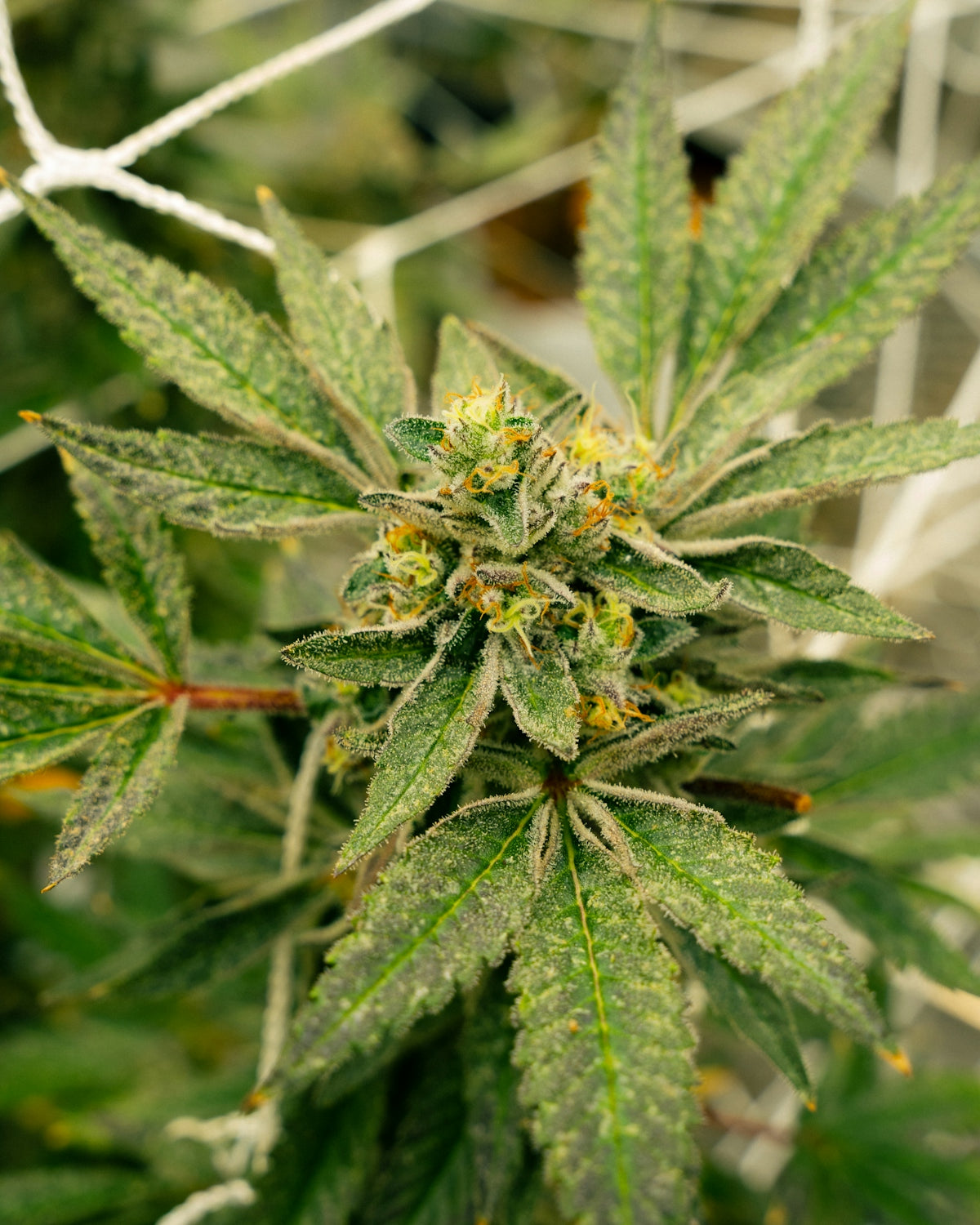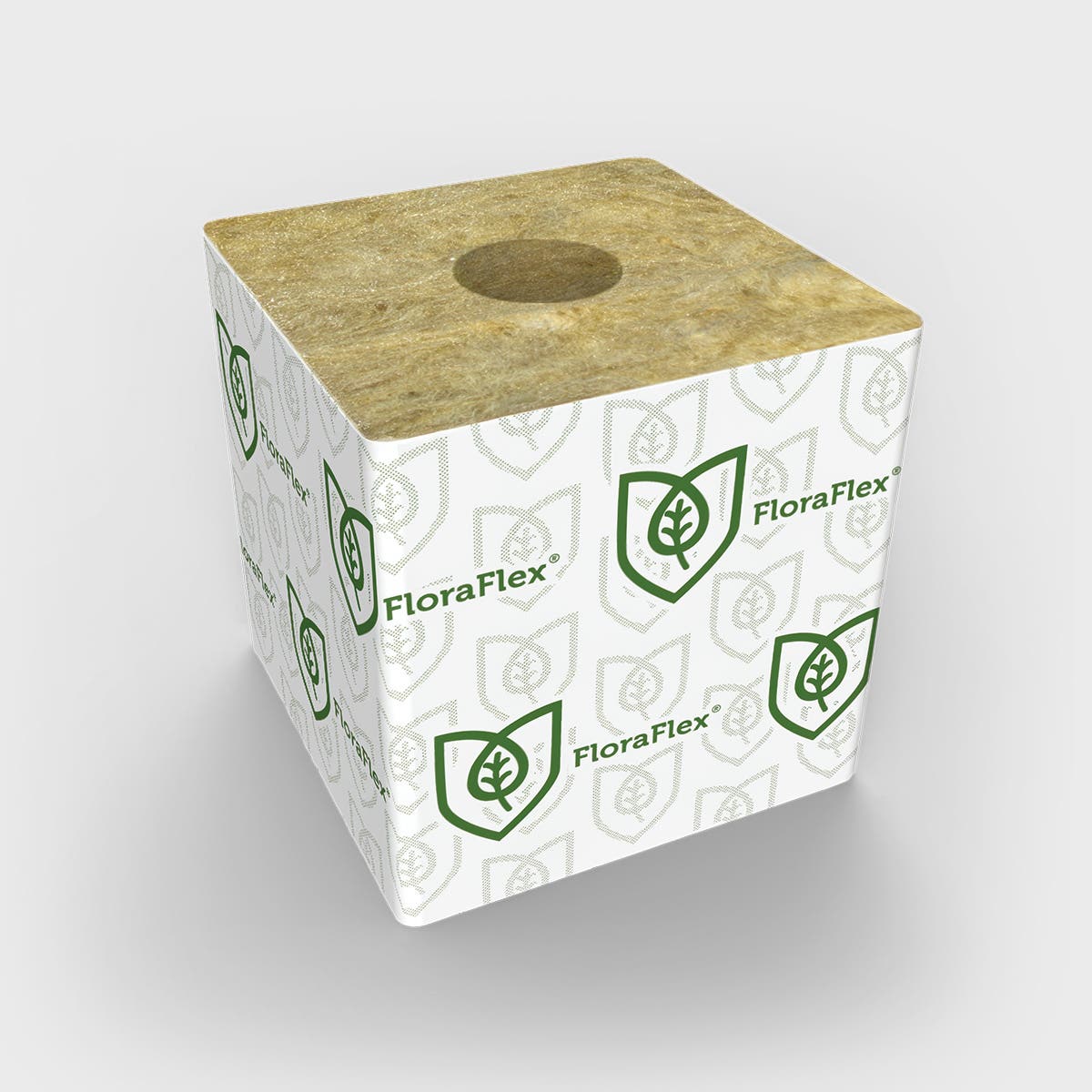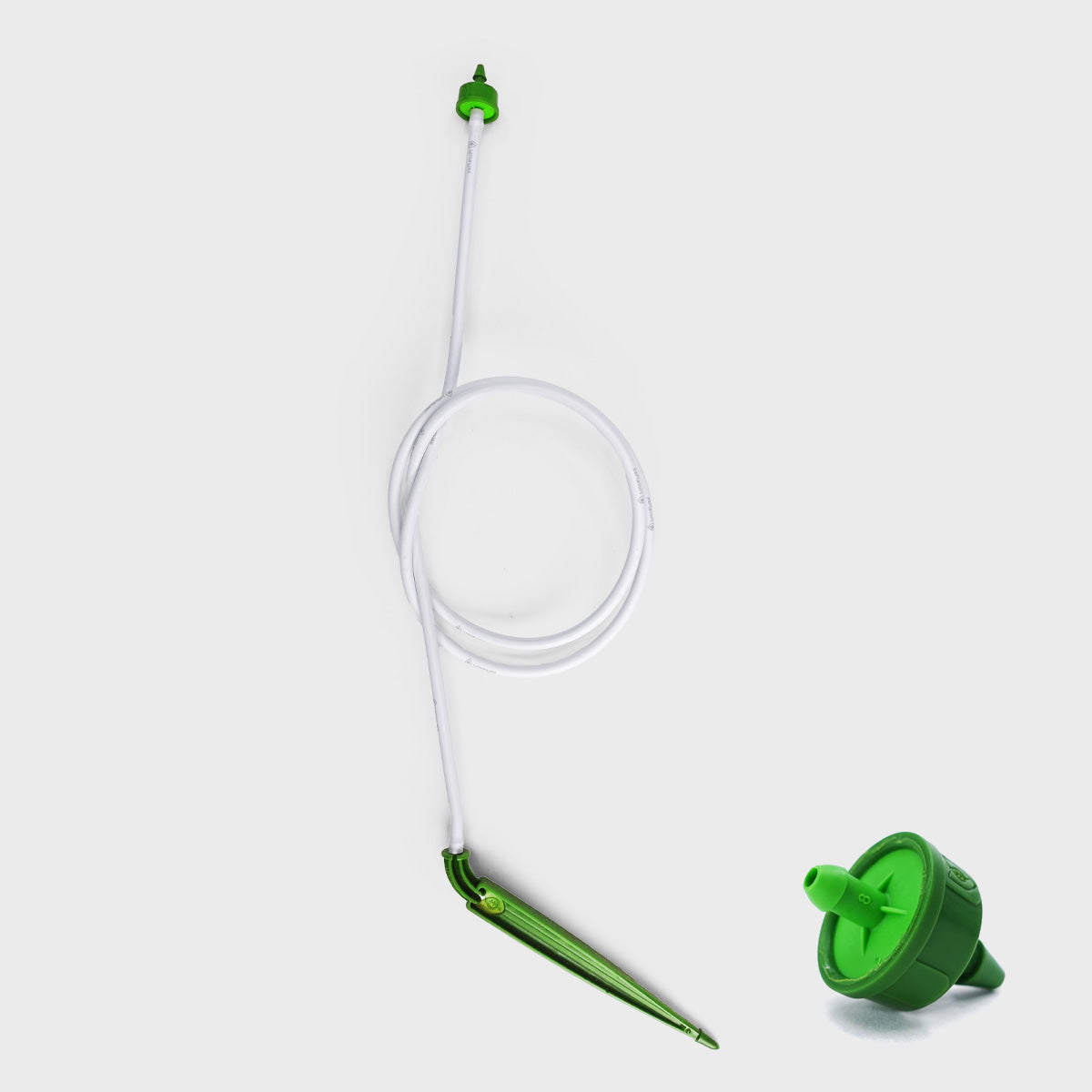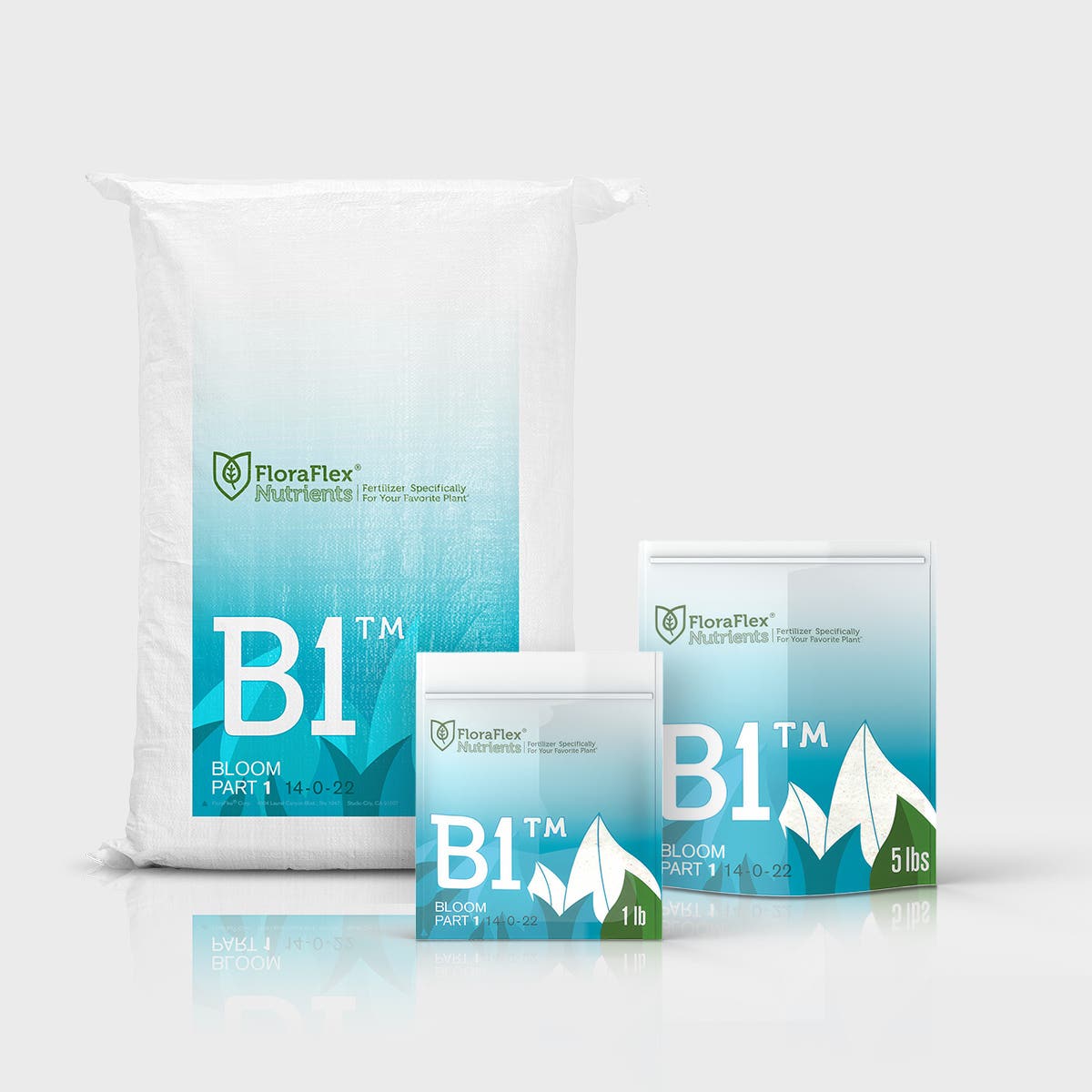Cannabis cultivation is an art that requires a keen understanding of various environmental factors. When it comes to high-altitude cannabis cultivation, growers face unique challenges that can significantly impact their yield and plant health. In this comprehensive guide, we'll dive deep into these challenges and explore possible solutions that innovative products and techniques can offer.
The Science Behind High-Altitude Cultivation
Growing cannabis at high altitudes presents a distinct environment that can both benefit and challenge a cultivator. At higher elevations, the air is thinner, the temperatures are lower, and ultraviolet (UV) radiation is more intense. These conditions can influence everything from plant growth rates to pest management necessitating better-adapted strategies and meticulous planning.
Benefits of High-Altitude Environments
Enhanced UV Exposure:
At high altitudes, the thinner atmosphere results in increased exposure to UV light, particularly UVB radiation. This type of light can increase resin production in cannabis plants, leading to a higher potency product. The increased radiation acts as a natural stressor, prompting the plant to produce more trichomes as a form of protection.
Reduced Pest Issues:
The cooler temperatures and unique environmental conditions can reduce the prevalence of certain pests and diseases that thrive in warmer, more humid climates. This can be advantageous as it reduces the need for chemical pest control, allowing for more organic growing practices.
Challenges Faced by High-Altitude Growers
Temperature Fluctuations:
High-altitude regions are notorious for their drastic temperature changes between day and night. These fluctuations can slow down plant growth and, in extreme cases, cause frost damage. Growers need to ensure their plants are adequately shielded from cold nights, potentially by using greenhouses or other protective measures.
Soil Composition and Nutrient Availability:
The soil found in high-altitude locations tends to be less fertile and may require amendments to bring it up to the standard needed for robust cannabis cultivation. Additionally, nutrient uptake can be affected by the cooler temperatures, demanding more precise nutrient management.
Water Management:
High-altitude areas often face water scarcity or irregular water availability. Effective water management systems are crucial, which can include rainwater harvesting or the use of advanced irrigation techniques. FloraFlex offers solutions like their innovative irrigation systems, which are designed to optimize water usage efficiently.
Oxygen Levels and Plant Respiration:
The thinner air at high altitudes contains less oxygen, which can affect the respiration process of cannabis plants and slow down their growth rate. It’s vital for growers to monitor their plant's health closely and possibly adapt their growth cycles to deal with slower maturation.
Adapting to High-Altitude Challenges with FloraFlex
FloraFlex 6" Wool (View Here): High-altitude growers can benefit from products like the FloraFlex Wool. This medium, derived from basalt rockwool cubes, offers excellent drainage and aeration, critical for ensuring that roots have access to sufficient oxygen and nutrients in environments where these are naturally less abundant.
Effective Techniques for High-Altitude Growth
Innovative techniques are essential for optimizing cannabis growth at high altitudes. Here are several proven methods:
Greenhouse Utilization:
Employing greenhouses can help mitigate temperature fluctuations, extend the growing season, and shelter plants from harsh conditions like wind and excessive UV exposure.
Soil Amendments:
Enriching soil with organic matter, like compost or well-rotted manure, can boost its fertility. It's also beneficial to test soil regularly and amend it with essential nutrients to balance out natural deficiencies.
Photoperiod Management:
Encouraging optimal growth involves understanding and manipulating the photoperiod. In high-altitude areas where daylight hours might be less predictable, using artificial lighting can help maintain a consistent growth cycle.
Responsive Irrigation Systems:
Implementing advanced, smart irrigation systems that respond to the plant's needs can ensure water is used efficiently. FloraFlex offers diverse solutions designed to cater precisely to this requirement.
Wind Protection:
Given the potential for high-altitude winds to cause damage, providing windbreaks or barriers can protect cannabis plants, ensuring they grow strong and upright.
Future of High-Altitude Cannabis Cultivation
As the cannabis industry continues to evolve, there will be increasing interest and development in high-altitude cultivation methods. This niche presents opportunities for innovation in areas such as genetic breeding programs specifically aimed at developing strains best suited to mountainous environments or equipment designed to optimize the unique conditions found at elevation.
Adopting a more tailored approach to high-altitude cultivation can potentially unlock significant benefits, including higher-quality crops that are more robust and potent due to the stress-induced enhancements from natural environmental conditions.
For those interested in exploring state-of-the-art growing products and solutions tailored to diverse growing environments, visit FloraFlex for more information and inspiration.
High-altitude cannabis cultivation offers a promising frontier for those willing to engage with its complexities. By leveraging the right techniques and tools, such as the use of FloraFlex products, growers can overcome the challenges and capitalize on the benefits this unique environment offers. Happy growing!









